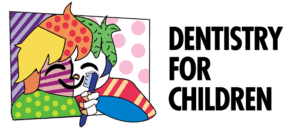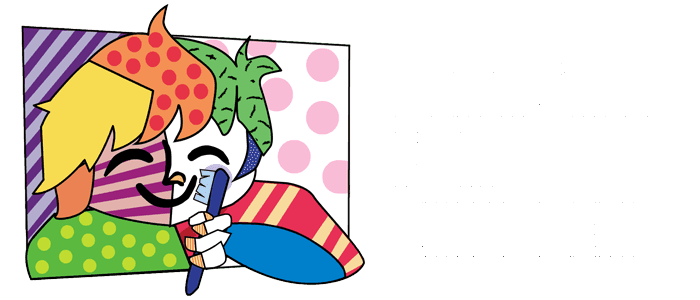Whether it’s a broken bone, a skinned knee, or a knocked-out tooth, every parent understands the scenario of their child arriving at home in tears from an injury. Oftentimes, the injury is minor and can be treated with a little TLC at home. But other times, as is often the case with dental injuries, you may need to hand the care over to an emergency pediatric dentist.
Dr. Maryam Sina, DDS, of Dentistry for Children explains the five most common dental emergencies that your little one might run into — and what you should do about them.
1. Knocked-out tooth
What it is: A knocked out tooth is just what it sounds like — your child’s tooth completely dislodges from the socket. This usually occurs due to some sort of blunt force, such as a soccer ball to the face or falling off of a bike over the handlebars.
What to do en route to the dentist: The most important thing is to keep the tooth wet. If you can insert your child’s tooth back into its socket without damaging the pulp, do that. If you can’t, have your child hold the tooth in between their gums and cheek.
If you’re worried about your child swallowing the tooth, put the tooth in a glass of milk or enclose it in an ADA-approved tooth-preservation product.
2. Tooth fracture
What it is: When a tooth fractures, the crown (the visible part) cracks. This can be minor or severe, but either way, a tooth fracture usually results in pain and odd sensations, such as numbness or laxity, around the tooth.
What to do en route to the dentist: Rinse your child’s mouth out with warm water (no salt or mouthwash), and place a cold compress on their face where the injury occurred. If the pain is bad, give your child Children’s Tylenol® or another appropriate painkiller. Once you get to Dentistry for Children, Dr. Sina can determine the severity of the fracture.
3. Toothache
What it is: Toothaches occur often and sometimes without cause (or at least without a known cause). Many children experience toothaches due to impacted food stuck in between their teeth, which can be removed with floss. Other times, toothaches may arise from wisdom teeth eruption, tooth trauma, or tooth decay.
What to do en route to the dentist: First, help your child floss to see if the toothache goes away after removing food. If the pain persists, have your child rinse their mouth with warm water and hold a cold compress to the face. Call Dr. Sina to discuss whether a trip to the dentist is necessary. Most of the time, toothaches subside on their own — but if you notice any severe swelling, discoloration, or other unusual appearances in your child’s mouth, it may be an emergency.
4. Tooth intrusion
What it is: Tooth intrusion occurs when a tooth is jammed into the jawbone. Like knocked-out teeth, this usually occurs in response to some sort of trauma, such as your child falling on their face. If the tooth intrusion is severe enough, it can affect the tooth’s root and require root canal surgery.
What to do en route to the dentist: Rinse your child’s mouth with warm water to remove any blood or dirt. Apply pressure to stop persistent bleeding — have your child bite down gently on gauze if they can bear it. Use a cold compress to reduce swelling and, if the pain is severe, use a pediatric painkiller.
5. Dental concussion
What it is: If a tooth has been hit or bumped, but remains in its socket, it can be described as “concussed.” This usually results in pain and a “loose” feeling, as if the tooth might fall out. A dental concussion can cause the tooth to become discolored temporarily or permanently.
What to do en route to the dentist: There’s usually no need to seek emergency dental care for a concussed tooth, unless it’s turning dark, or even black. Dark discoloration typically means the tooth is dying. In that case, your child may need a root canal.
If the tooth doesn’t show signs of death or decay, simply treat the concussed tooth like you would treat any toothache: warm water rinse, cold compress, and pain relief medications.
If your child is dealing with a dental emergency, call Dentistry for Children right away at 702-342-0075 (Henderson) or 702-342-0078 (Las Vegas). You can also send the team a message here on the website. Dr. Sina and her staff can accommodate last-minute appointments in the case of an emergency.


